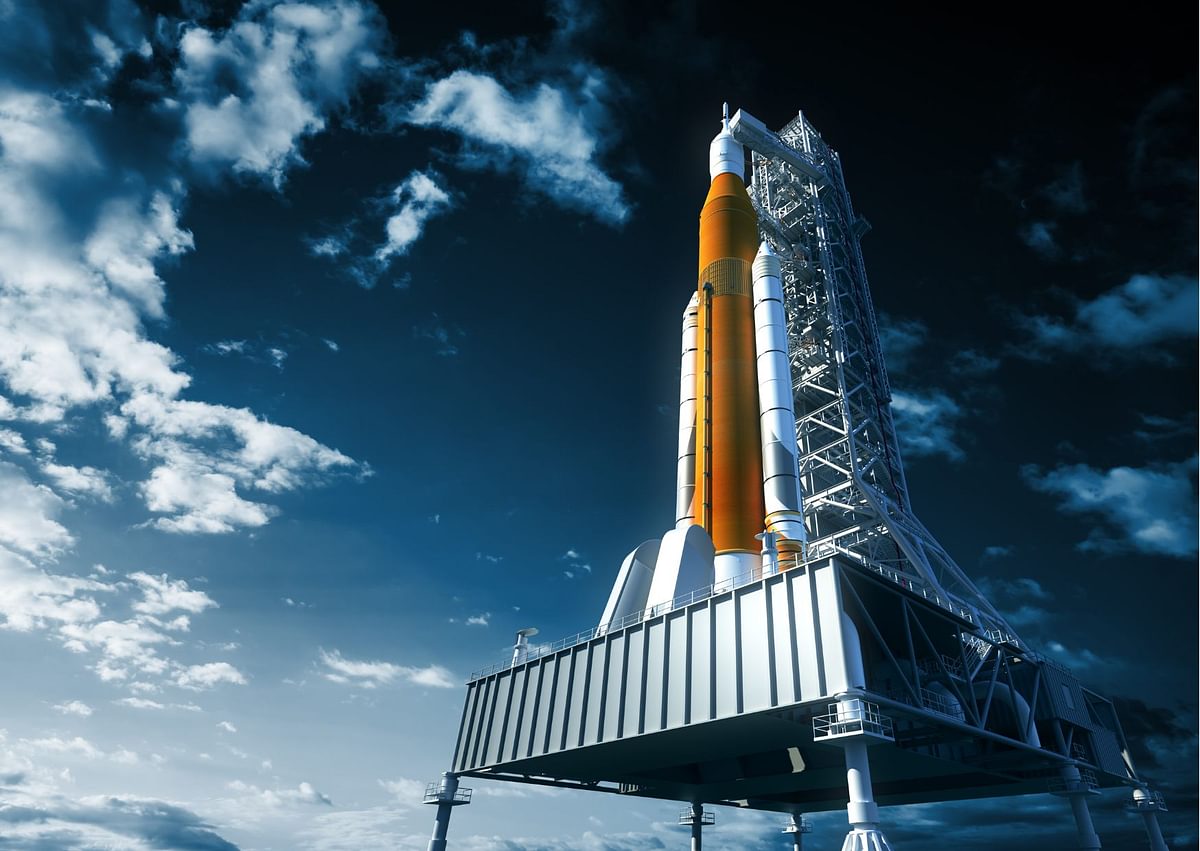
The Artemis 1 mission is designed to test technologies for future human missions to Mars. It will launch into space in September 2018, and land on the moon in December 2019.
How does NASA choose prospective launch dates?
Launch dates are chosen based on several criteria, such as the availability of a suitable rocket, the readiness of the spacecraft, and the availability of funding.
The first step in choosing a date for the Artemis 1 mission was to determine which lunar landing site would be best suited for testing new technology. After considering several sites, NASA chose the Ocean of Storms region because it has a high concentration of craters and other features that could help scientists learn more about the moon’s geology.
What is the purpose of the mission?
The Artemis program aims to return humans to the moon within five years. This goal was set by President Obama during his 2015 State of the Union address.
NASA has been working on the Artemis program since 2010, and the first step in the plan is the Artemis 1 mission. This mission will be the first lunar landing by humans since 1972, and it will be led by Scott Kelly, who spent nearly a year aboard the International Space Station. He will be joined by fellow astronaut Nick Hague, who will act as his backup.
Who is behind it?
The Artemis 1 mission will be led by NASA’s Space Launch System (SLS) rocket and Orion spacecraft. It will launch from Cape Canaveral Air Force Station in Florida.
NASA has been working on the project since 2009, and it’s led by the agency’s Human Exploration and Operations Mission Directorate (HEOMD). The Artemis program is intended to be a stepping stone toward sending humans to Mars.
What is the cost?
The total cost of the mission is $8 billion. This includes the development costs as well as the launch vehicle and spacecraft.
